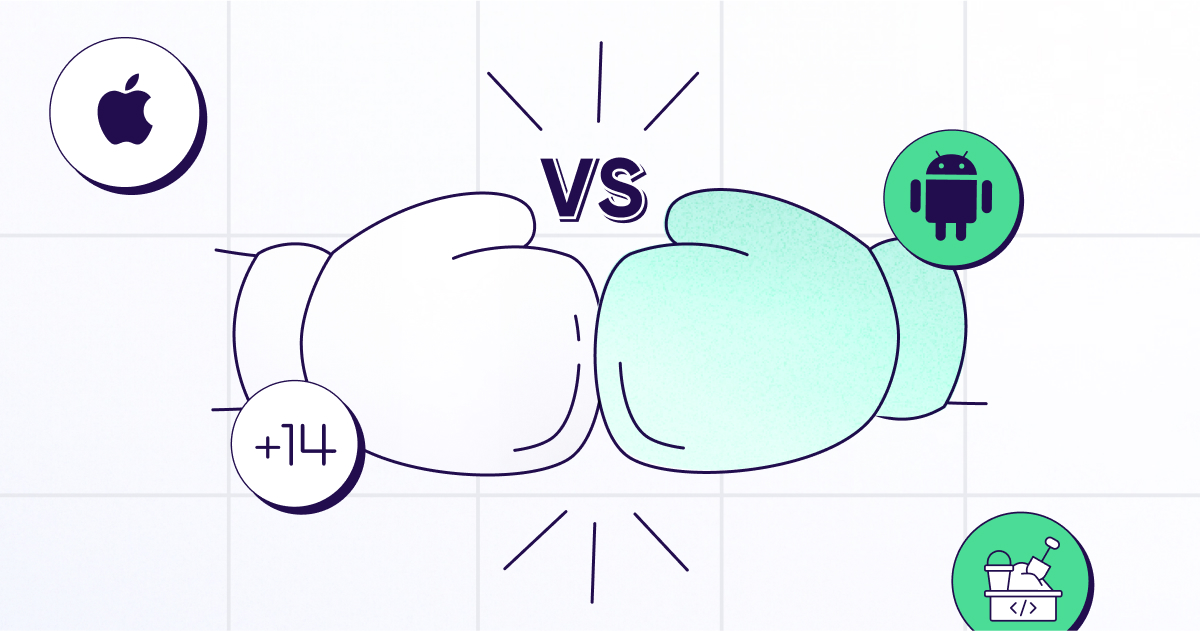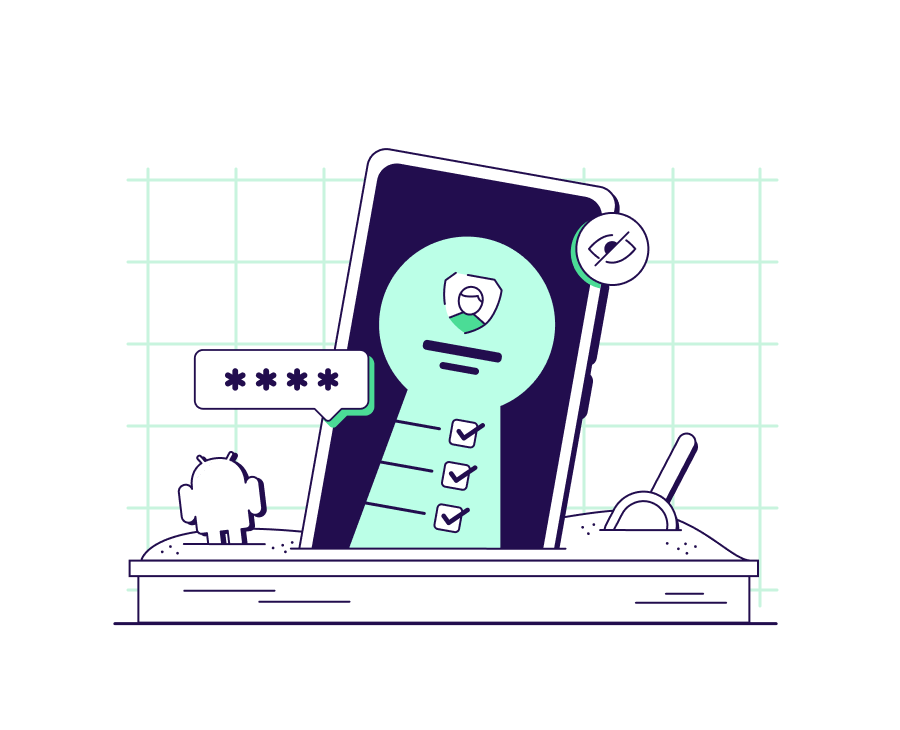
DMA (Digital Markets Act)
Master DMA compliance with essential insights and resources.
Read more

Explore our new Privacy Sandbox Hub for the latest on privacy-centric measurement as we prepare for the upcoming release of Privacy Sandbox. Stay tuned for updates on innovative solutions, events, and more.


Privacy Sandbox is Google’s main privacy initiative, aiming “to create technologies that both protect people’s privacy online and give companies and developers tools to build thriving digital businesses.” Android is planning to deprecate GAID in 2024 and Privacy Sandbox is their plan for effective solutions that enable the ecosystem in privacy-centric ways.
Privacy Sandbox is Google’s privacy-centric solution to enable effective marketing and advertising without the use of user IDs. As such, Privacy Sandbox changes the way businesses acquire new users, collect attribution data, perform remarketing, and target ads. Privacy Sandbox also introduces new privacy-preserving features that limit the amount of data an SDK can collect. A significant change is the shift from using unique identifiers for tracking to using aggregated, anonymized data. This helps maintain user privacy by ensuring that individual user activities are not tracked across different apps. The new system uses on-device processing to keep user data local, minimizing the risk of data breaches and unauthorized access.
Google’s Privacy Sandbox gives businesses the infrastructure to continue to reach their users effectively without persistent identifiers. AppsFlyer’s Sandbox solution enables business to continue running as usual, including generating valuable insights and running effective remarketing campaigns, all while ensuring the highest standards of end-user privacy.
The Attribution Reporting API is part of Android’s Privacy Sandbox, designed to measure ad conversions effectively while protecting user privacy. This API allows advertisers to attribute ad interactions, such as clicks and views, to subsequent conversions like purchases or sign-ups without directly accessing personal data. Instead, the data is processed on the user’s device, ensuring that individual user information remains private and secure. By using the Attribution Reporting API, advertisers can gain insights into the effectiveness of their campaigns without compromising user privacy. The API supports both event-level and aggregate-level reports, providing granular conversion data with privacy-preserving techniques and summary data for broader trends. This balance helps advertisers optimize their marketing strategies while meeting the growing demand for user data protection.
Yes and no. While these two solutions share similarities, they are very different in how comprehensive they are. Similarities: On-device attribution. Attribution data is limited and not infinite. Differences: Within Sandbox, the MMP is the only one that can determine cross-network last-click attribution. This is true for both the event-level reports and the aggregated reports. Sandbox’s aggregated data report has a very high level of granularity in both campaign LTV and campaign breakdown. This includes the campaign name, date, adset, geo and creatives. Sandbox’s event-level attribution enables ad networks to receive up to 8 types of events for signals and optimization purposes and get up to 3 postbacks for each user. As this solution currently stands, event-level reports are most impactful for ad networks to use for optimization, and are less insightful for marketers.
The Protected Audiences API is a part of Android’s Privacy Sandbox, designed to enable effective advertising while protecting user privacy. This API allows advertisers to define audience segments based on user behavior and interests, but without directly accessing personal data. Instead, the data is processed on the user’s device, ensuring that individual user information remains private and secure. By using the Protected Audiences API, advertisers can still deliver targeted ads to relevant groups of users without compromising their privacy. This API represents a significant shift towards privacy-centric advertising, helping to meet the growing demand for user data protection while maintaining the effectiveness of ad campaigns.
The Protected App Signals API enhances user privacy while allowing effective ad targeting. It enables apps to send custom signals during ad requests, which can include information such as user interactions or app-specific events. These signals are designed to help advertisers refine their audience targeting without compromising user privacy. Protected App Signals are securely processed on-device, ensuring that sensitive user data is not shared externally. This approach allows advertisers to gain insights into user behavior and optimize their ad campaigns while maintaining stringent privacy standards. By leveraging Protected App Signals, developers can enhance the relevance of ads served to users, balancing the need for effective advertising with the increasing demand for data protection.
The Topics API is a key feature of Android’s Privacy Sandbox, aimed at enhancing user privacy while enabling personalized advertising. This API identifies broad interest categories, known as “topics,” based on a user’s app usage over time. Instead of tracking individual users across multiple apps, the Topics API aggregates user interests into a predefined set of categories like sports, travel, or technology. These topics help advertisers deliver relevant ads without needing access to detailed personal data. Topics are periodically updated to ensure they reflect the user’s current interests, and this data is stored on the user’s device, maintaining high privacy standards. By leveraging the Topics API, advertisers can continue to target ads effectively while respecting user privacy and limiting data sharing across apps. This approach balances the need for personalized advertising with the growing demand for user data protection.
The SDK Runtime is a part of Android’s Privacy Sandbox, designed to enhance user privacy while allowing third-party SDKs to function effectively within apps. This feature allows SDKs to run in a dedicated, isolated environment, reducing the risk of user data exposure. By isolating SDKs, the SDK Runtime ensures that user information is processed securely on the device, limiting data sharing and enhancing privacy protections.